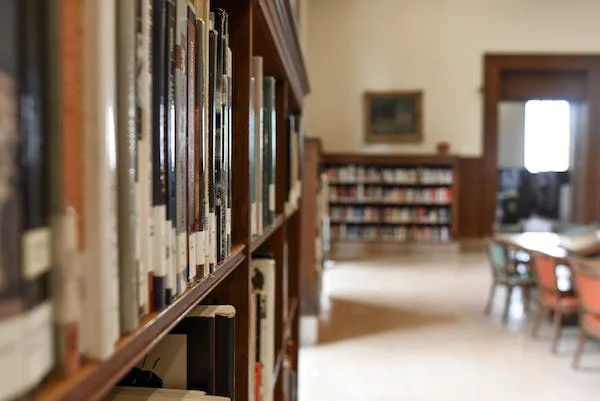
Announcements
PRIORITY NOTICE: Synergy to Be Utilized for 2025 Data Collection, Extending CONNECT Transition
- Synergy will be used for 2025-2026 School year enrollment collection.
- Synergy is live for 25'-26'! Please ensure you are using the updated file upload formats for the new year! Found on our MEDMS Support Page under Student Data Entry.
- Please read the priority notice about our notice on Synergy being used for October Student Reporting
Please note that there will be no quarterly reports due until Q3 or later this school year. This includes Attendance, Behavior, Bullying, and Truancy. While the collections will be on hold, please continue to track these locally. Bullying can still be entered on a quarterly basis if you would like to do so as it is collected in NEO.
Current System Issues
Synergy
- Districts can add CTE from district focus and should not be able to. Please remember to adjust your focus to the school level when entering in CTE data.
Connect
-
No issues at this time
NEO
- Please do not press Save and Continue when entering staff more than once as it can generate duplicate staff records within the NEO database.
MEIS
-
No issues at this time
Data Systems
Data Systems Logins
NEO Login Connect Login MEIS Login QuickSight Synergy
Data systems require accounts to access. Accounts can be requested via the below access form.
Data Systems Access
The access request form is used to grant or update access to our three data systems (linked above). To be granted access, the requestor must ensure their district has entered them into NEO Staff.
Data Systems Training
State Reporting System Training Registration
Data systems training can be initiated for new employees or anyone who would like a refresher on our systems. This training is one-on-one with our Education Data Quality Trainer, AlLee Cookson.
Resources

Reporting Calendars
- Reporting Calendars by Organizational Type
- Reports Due by Month
- Open & Due Dates

Student Data & Entry Reporting
- Connect/Synergy Guides
- Student Reports
- Student Enrollment Guides

Staff Data Entry & Reporting
- Staff Reporting Instructions
- NEO Staff Reports
- Maine Education Information System (MEIS)

Schools & SAU Reporting
- Maine Schools
- Organizational Data (Infrastructure)
- EPS Guides/Contact Search
Contacts
MEDMS Support Data Team
- Drew Mitchell - Education Data Systems Support Manager
- Michael Mikrut - Education Data Systems Support Analyst
- Alex Newman - Education Data Systems Support Analyst
- Robert Doyon - Education Data Systems Support Analyst
- Joe Ogden - Education Data Systems Support Analyst
- AlLee Cookson - Education Data Systems Quality Trainer
- Katherine Warren - Education Data Manager
- Kim Hall - Education Data Systems Manager
- Eric Ogden - Education Data Federal Coordinator
- Penny Henry - Education Data Assessment & Accountability Data Coordinator
- Brett Molin - Education Data Warehouse Coordinator
- Trevor Burns - Education Data Reporting Coordinator
- Brenda Wagner - Procurement Analyst
- Leah Jarvis - Education Data Assessment Business Analyst
- Brad Fillion - Education Data Quality Assurance Analyst
- Tabitha Fillion - Education Data Quality Assurance Analyst